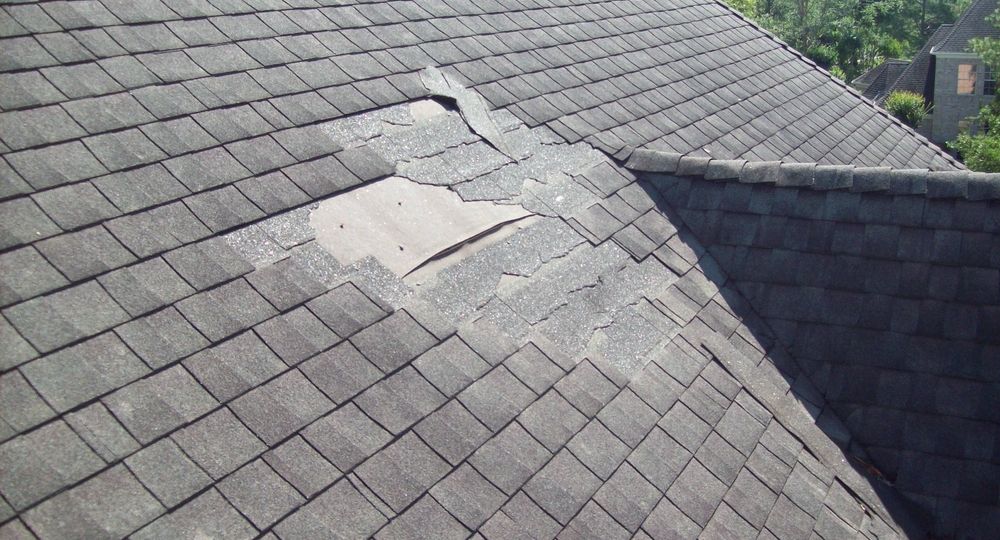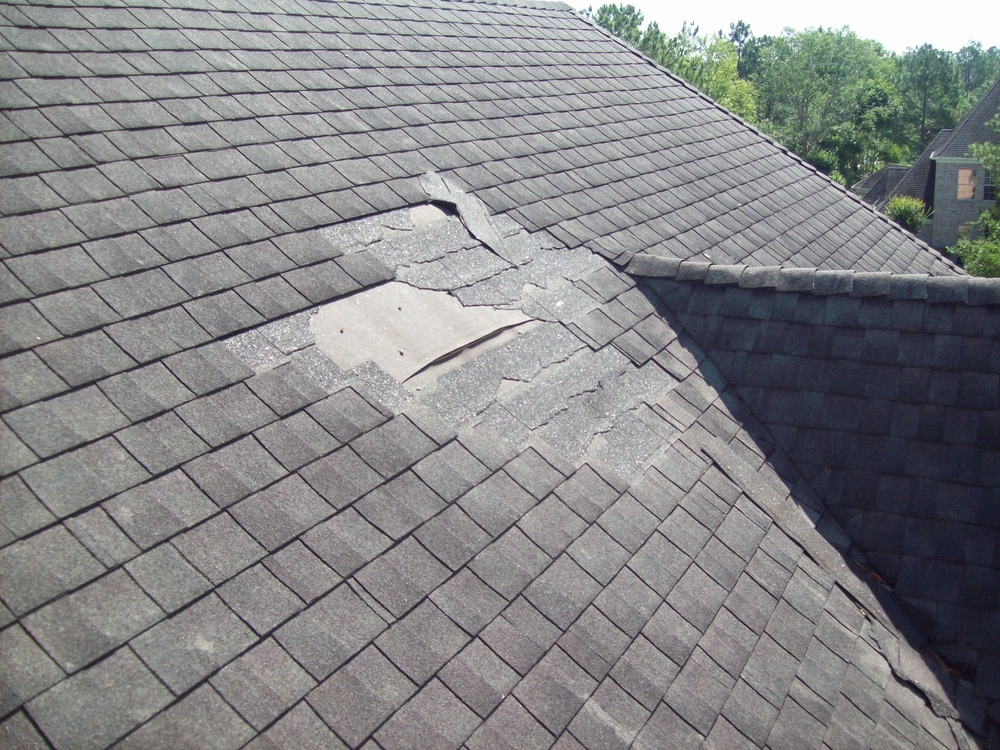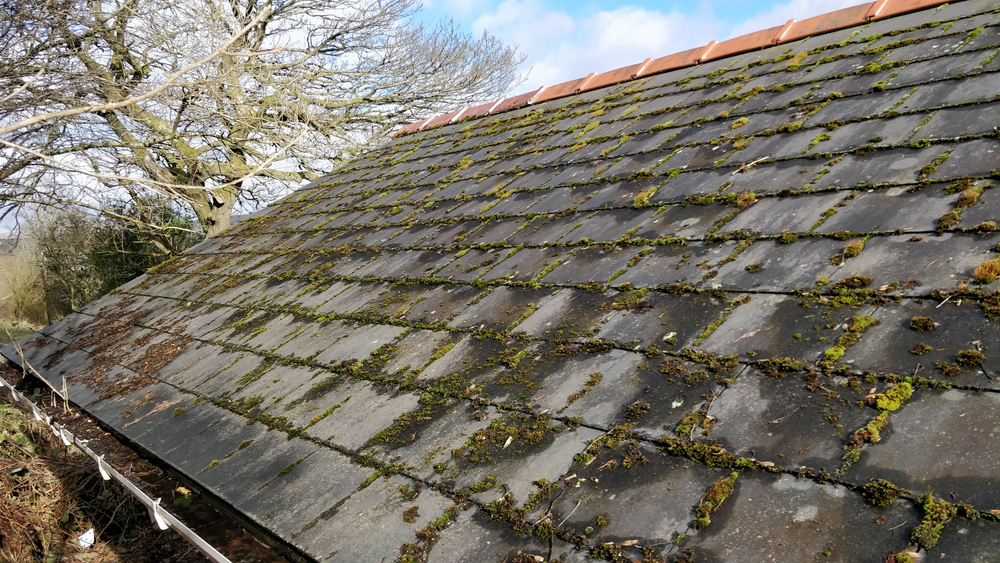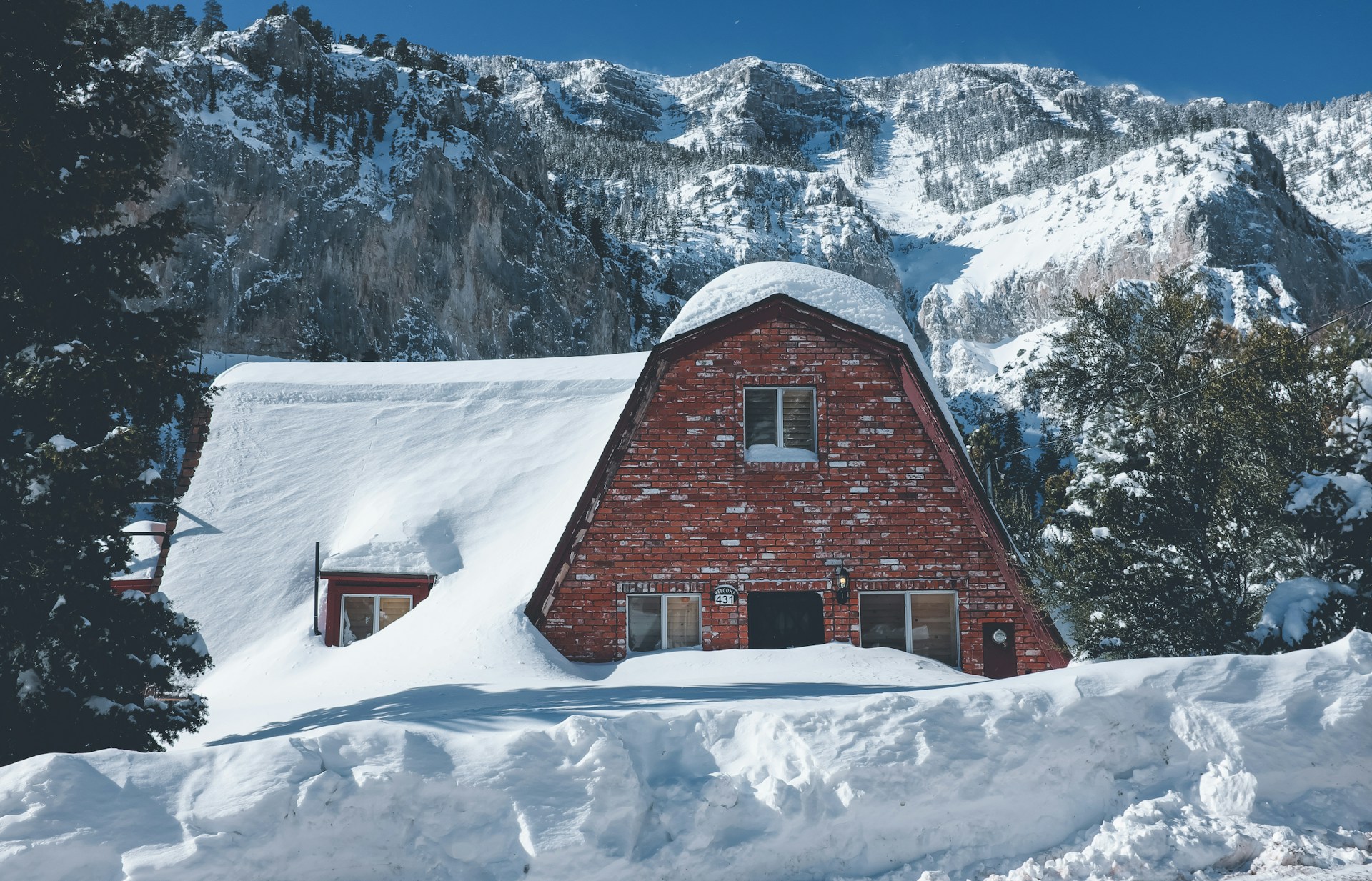

Your roof is a crucial component of your property, providing essential protection against the elements. However, various factors can compromise its integrity, leading to damage that not only affects the roof itself but also poses risks to the interior of your building. Understanding the common causes of roof damage is essential for proactive maintenance and to mitigate potential issues before they escalate. Let’s explore some of the prevalent factors that contribute to roof damage, ranging from environmental elements like wind and heavy rain to structural issues such as ice dams and improper installation. By identifying these culprits, you can take informed steps to safeguard your roof and ensure its longevity.
Lack of Maintenance
Neglecting regular roof maintenance can have detrimental effects on the longevity and structural integrity of a roof. Without proper care and attention, minor issues such as loose shingles, small leaks, or debris accumulation can escalate into more severe problems over time. Regular maintenance, including inspections, cleaning, and repairs, is crucial in identifying and addressing potential issues before they develop into major roof damage. By neglecting maintenance, homeowners run the risk of facing expensive repairs, structural compromise, and even the need for premature roof replacement.
Poor Installation
Improper roofing installation can have far-reaching consequences for a roof’s long-term integrity. When a roof is not installed according to manufacturer specifications or industry best practices, it becomes susceptible to a host of issues. These may include misaligned shingles, inadequate sealing, improper flashing, and subpar ventilation, all of which can lead to leaks, water damage, and compromised structural stability. Also, a poorly installed roof may not withstand the elements as effectively, making it more prone to damage from wind, rain, snow, and other environmental factors. Entrust roofing installation projects to qualified professionals who adhere to superior workmanship standards. This ensures that the roof is not only aesthetically pleasing but also capable of withstanding the rigors of time and nature.
Moss & Fungus
 The presence of moss and fungus on a roof can have detrimental effects on its structure and integrity. Moss, in particular, has a tendency to retain moisture, which can accelerate the deterioration of roofing materials such as shingles and underlayment. This prolonged moisture exposure can lead to rotting, warping, and the eventual compromise of the roof’s structural integrity. The root systems of moss and fungus can penetrate and lift shingles, creating entry points for water infiltration and causing further damage to the roof’s underlying layers. Also, the growth of moss and fungus can negatively impact the aesthetic appeal of the roof, potentially reducing the overall curb appeal and property value. Implementing measures to prevent and remove moss and fungus growth, such as regular cleaning and applying appropriate treatments, is crucial for safeguarding the longevity and functionality of the roof.
The presence of moss and fungus on a roof can have detrimental effects on its structure and integrity. Moss, in particular, has a tendency to retain moisture, which can accelerate the deterioration of roofing materials such as shingles and underlayment. This prolonged moisture exposure can lead to rotting, warping, and the eventual compromise of the roof’s structural integrity. The root systems of moss and fungus can penetrate and lift shingles, creating entry points for water infiltration and causing further damage to the roof’s underlying layers. Also, the growth of moss and fungus can negatively impact the aesthetic appeal of the roof, potentially reducing the overall curb appeal and property value. Implementing measures to prevent and remove moss and fungus growth, such as regular cleaning and applying appropriate treatments, is crucial for safeguarding the longevity and functionality of the roof.
Age of Roof
As a roof ages, it becomes increasingly vulnerable to a variety of potential damages. Over time, roofing materials can deteriorate, leading to issues such as cracked or curling shingles, weakened flashing, and degraded waterproofing. Additionally, the structural integrity of the roof may diminish, making it more prone to leaks, water infiltration, and damage from inclement weather. The cumulative effect of exposure to sunlight, temperature fluctuations, and moisture over the years can contribute to the overall deterioration of the roof. It is important for homeowners to recognize that an aging roof requires heightened vigilance and proactive maintenance to mitigate the risks associated with its natural wear and tear.
Impact of Debris
The accumulation of debris, such as leaves, branches, and other organic matter, can pose a significant threat to the health of a roof. When debris collects on the roof’s surface and within its gutters, it can impede proper water drainage, leading to water pooling and potential leaks. Additionally, organic debris can trap moisture, creating an environment conducive to the growth of mold, algae, and moss, which can deteriorate roofing materials over time. The weight of accumulated debris can strain the roof’s structure, potentially causing damage to the underlying layers and compromising its overall integrity. Regular removal of debris through routine maintenance is essential in preventing these detrimental effects and preserving the functionality and longevity of the roof.
Trees
Overhanging trees can pose a risk to the integrity of a roof in several ways. Falling branches, especially during storms or strong winds, can cause immediate damage to the roof’s surface, leading to punctures, dislodged shingles, and structural compromise. Additionally, the accumulation of leaves and twigs from overhanging trees can clog gutters and downspouts, hindering proper water drainage and potentially resulting in water damage. Furthermore, the constant shade provided by overhanging branches can create an environment conducive to the growth of moss, algae, and mold, which can accelerate the deterioration of roofing materials. Regular pruning of overhanging branches and diligent gutter maintenance are essential in mitigating these risks and preserving the long-term health of the roof.
Ice Dams
 Ice dams can form on roofs during the winter when snow melts and refreezes near the eaves. This phenomenon occurs due to non-uniform roof surface temperatures, often caused by heat loss from the interior of the building. As snow on the warmer upper portion of the roof melts, the water flows down until it reaches the colder eaves, where it refreezes, creating a barrier or “dam” that prevents proper drainage. As a result, the trapped water can seep beneath shingles, leading to water damage to the roof deck, insulation, and interior ceilings. Additionally, the repeated freezing and thawing of this trapped water can compromise roofing materials, such as shingles and underlayment. Adequate insulation and ventilation are crucial in preventing the formation of ice dams and mitigating their potential for causing damage to the roof.
Ice dams can form on roofs during the winter when snow melts and refreezes near the eaves. This phenomenon occurs due to non-uniform roof surface temperatures, often caused by heat loss from the interior of the building. As snow on the warmer upper portion of the roof melts, the water flows down until it reaches the colder eaves, where it refreezes, creating a barrier or “dam” that prevents proper drainage. As a result, the trapped water can seep beneath shingles, leading to water damage to the roof deck, insulation, and interior ceilings. Additionally, the repeated freezing and thawing of this trapped water can compromise roofing materials, such as shingles and underlayment. Adequate insulation and ventilation are crucial in preventing the formation of ice dams and mitigating their potential for causing damage to the roof.
Wind
Strong winds can exert significant force on a roof, potentially leading to various forms of damage. One of the most common issues of strong winds is the loosening, lifting, or outright removal of shingles. This can compromise the roof’s ability to provide effective protection against water infiltration and can result in leaks and subsequent interior damage. The uplift forces generated by strong winds can also affect other roofing components, such as flashing, gutters, and vents, potentially causing dislodgement or tearing. In severe cases, exceptionally strong winds can even lead to structural damage, particularly in older or poorly maintained roofs.
Heavy Rain
Heavy rainfall poses significant risks to a roof, notably in the form of water pooling and potential leaks. When rainwater accumulates on a flat or low-sloped roof due to inadequate drainage, it can create pools that exert hydrostatic pressure on the roofing materials. Over time, this pressure can compromise the integrity of the roof, leading to leaks and water infiltration. This prolonged exposure to excessive moisture can accelerate the deterioration of roofing components, such as membranes and sealants, further exacerbating the risk of leaks. Proper roof slope design, regular maintenance of gutters and downspouts, and the use of waterproofing measures are essential for mitigating the adverse effects of heavy rainfall and safeguarding the roof against water-related damage.
Conclusion
Being aware of the common causes of roof damage empowers property owners to be proactive in preserving the structural integrity of their roofs. By addressing issues such as the impact of environmental elements like wind and heavy rain, as well as understanding the significance of regular maintenance and proper installation, you can effectively mitigate potential damage and prolong the lifespan of your roof. Remember, timely inspections, prompt repairs, and the use of quality materials are key elements in ensuring that your roof remains a steadfast shield against the vagaries of nature. With this knowledge at hand, you can take the necessary steps to protect your investment and maintain a secure, weather-resistant property for years to come.

